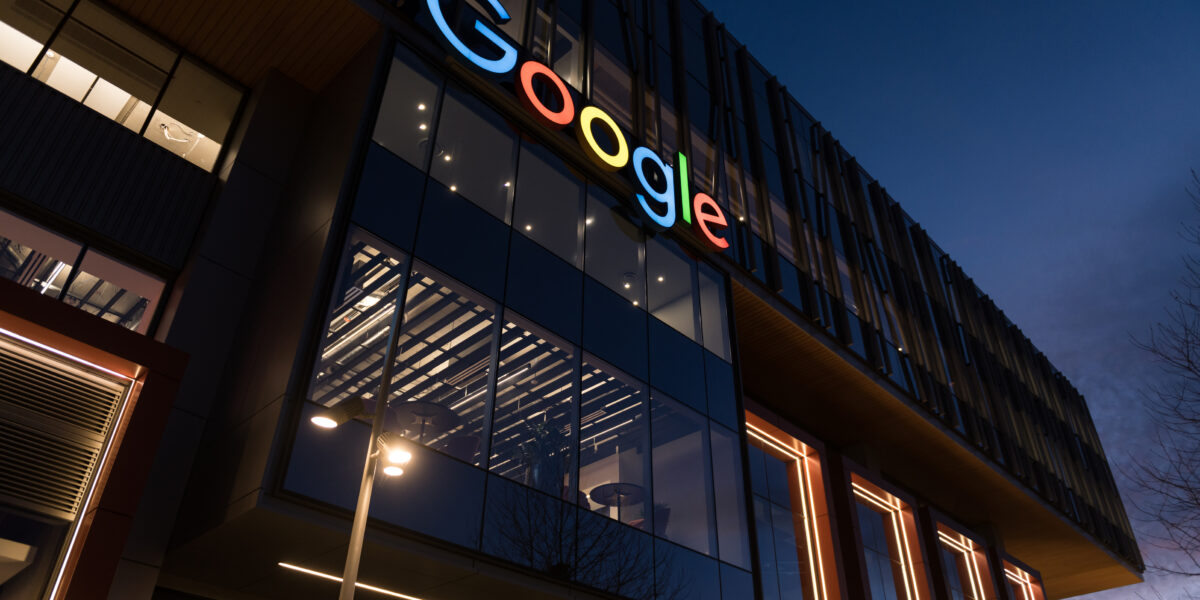Google News Initiative: Good news for publishers?

With its latest Google News Initiative, the search engine giant aims to further expand its partnership with publishers and news sites – through multiple steps and on different levels. The main goal is to make quality journalism more visible – especially for existing subscribers of such formats. For instance, search queries from paying readers will prioritize results from websites where users are already customers, using Artificial Intelligence.
Large and small publishers alike struggle to find revenue sources beyond advertising networks. Revenue from paywalls and subscriptions isn’t enough to finance quality journalism, according to publishers. Only five percent of their digital revenues could be generated from Google and Facebook.
Therefore, there was a loud call for Google and Facebook to take action to attract digital subscribers to established and verified journalistic formats. After all, the tech giants benefit from top-notch content, and a strong technical and public-facing offensive in favor of quality journalism would also be beneficial for Google and Co., as it would demonstrate their commitment to combating fake news and disinformation at a qualitative level.
Approaching with speed
The approach had already been announced last year when Google shifted its First Click Free policies in favor of publishers. Previously, publishers had to provide at least three articles daily for free to be indexed by Google. However, the principle of “Flexible Sampling” now applies, allowing publishers to independently decide whether and how many free samples to position before their paywalls to attract potential new subscribers.
The P³ Bundling Alliance
Under the “umbrella brand” of Google News Initiative, the internet giant has consolidated several of its initiatives and offerings. The formula: P³, which stands for Partnerships, Programs, and Products. The goal: A flourishing journalism industry even in the digital age. And it works roughly like this: Programs such as the Digital News Innovation Fund or the Google News Lab identify best practices or support innovative startups in the publisher sector. There are also “40 courses on Google products and tools specifically designed for journalists.”
Existing partnerships with news providers are also expected to help Google better understand the industry’s needs, while publishers can more precisely outline the opportunities to make money with Google products. Among these revenue boosters for publishers are, for example, fact-checking, content recommendations via AdSense, integration of Google Assistant, DoubleClick, AdMop, and many other tools. By the way, there are also tools that approach the phenomenon of fake news through scientific means to better understand, describe, and combat it. Hence, in collaboration with First Draft, the Disinfo Lab was founded, which provides media professionals with resources for research on and understanding of disinformation.
The Google News Initiative is intended to have a long-term impact. Therefore, it has been designed for three years, with Google pledging $300 million for it.
What are the downsides of the Google News Initiative?
Critics and skeptics of the quality journalism offensive by the search engine giant fear that publishers will become (even more) dependent on the tech giant through the use of these new tools, technologies, and products. This applies to acquiring new paying subscribers as well as hindrances in the development of proprietary technologies. If Google provides corresponding tools and they are connected to the Google ecosystem, why should publishers invest in developing their own technologies?
Furthermore, there is uncertainty about whether Google alone will ultimately determine what fake news and disinformation are and what good journalism should look like.